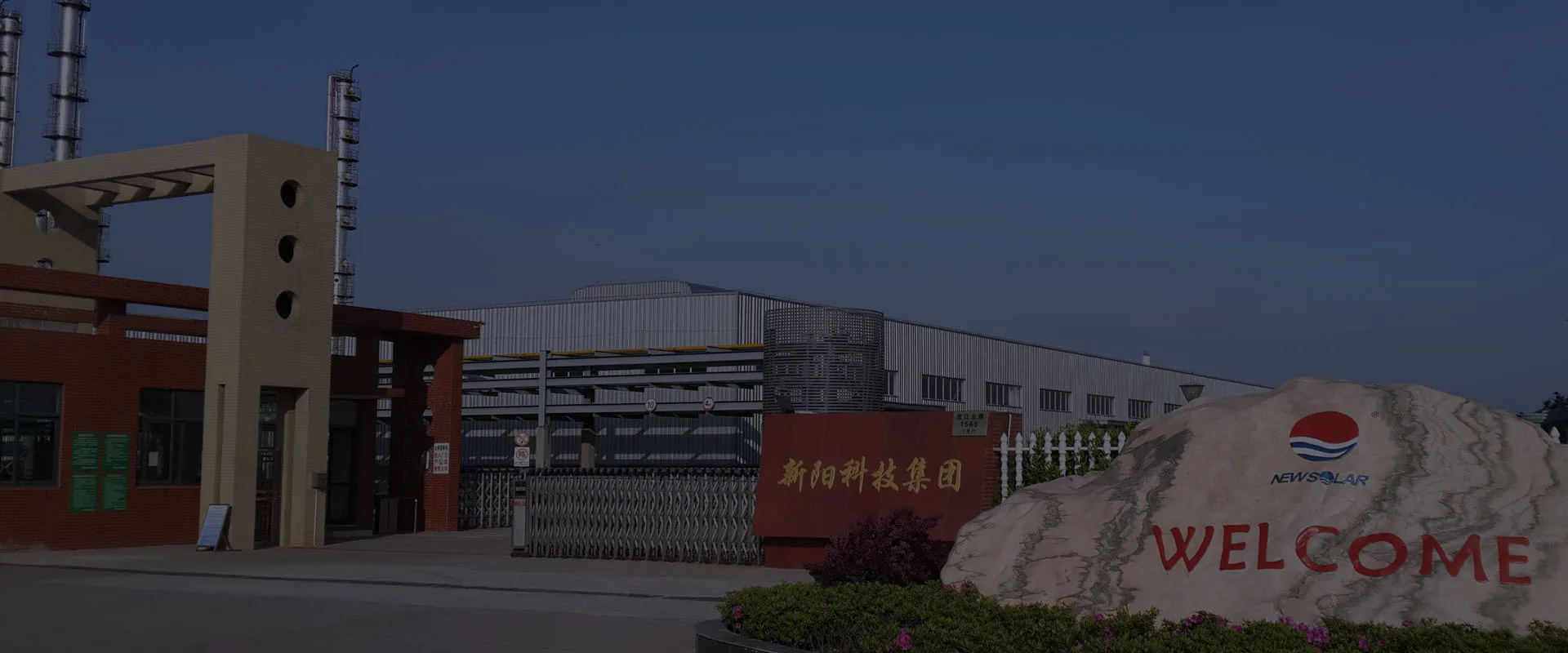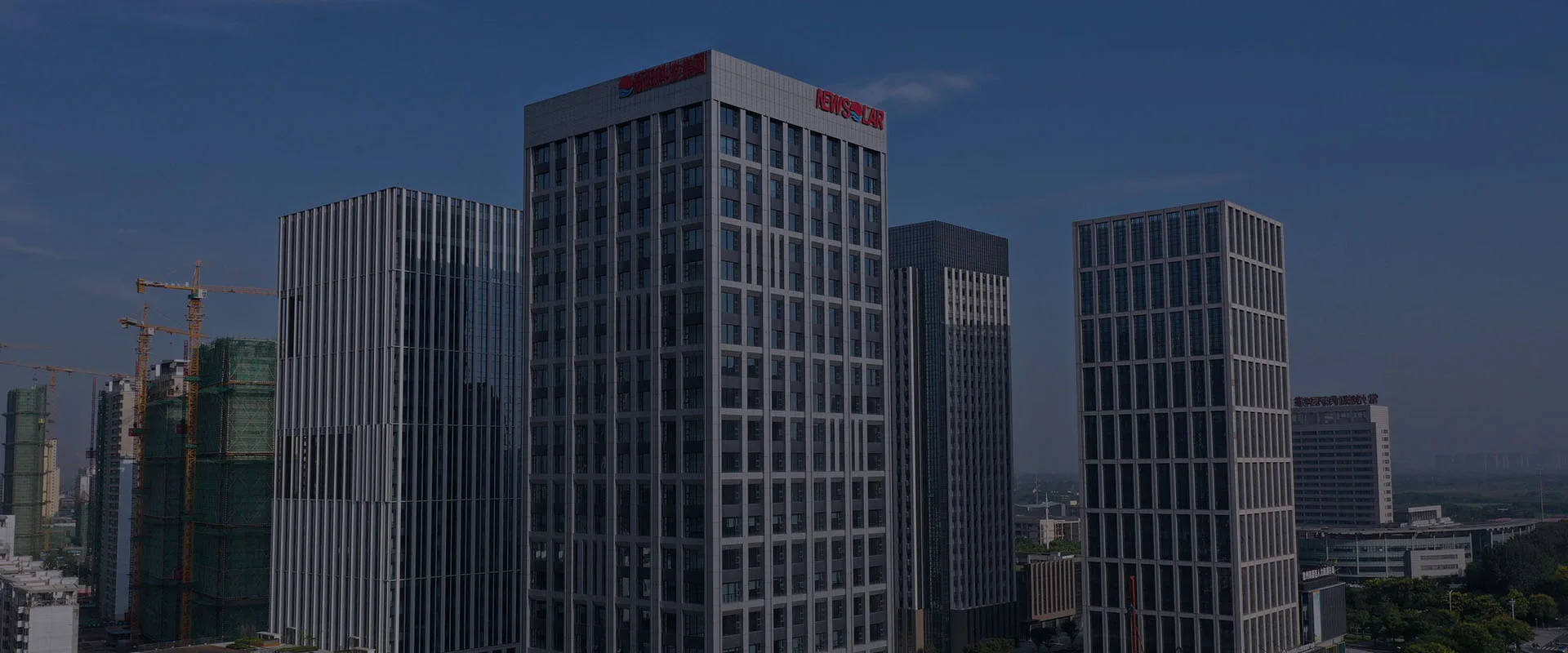
What material is resin
Dripped resin
Resin Introduction:
Research has found that resins can be divided into natural resins and synthetic resins. Natural resin refers to amorphous organic substances obtained from the secretions of animals and plants in nature, such as rosin, amber, shellac, etc. Synthetic resin refers to resin products obtained through chemical synthesis of simple organic compounds or chemical reactions of certain natural products.
Rosin, benzoin, etc. are natural resins, while phenolic resins, polyvinyl chloride resins, etc. are synthetic resins. Resin is the main raw material for manufacturing plastics, and is also used to make coatings (film-forming substances, such as Guangdong Sanying resin and other series of products), adhesives, insulation materials, etc.
The main components of resin:
Resin is composed of a mixture of various components, including resin acids, resin alcohols, resin hydrocarbons, and some of their higher polymers. In recent years, it has been known that these components are mostly derivatives of diterpenes, triterpenes, and sometimes lignans. Classification and Use of 2 Resins
1. Classification by resin synthesis reaction
According to this method, resins can be divided into adducts and condensates. Additives refer to polymers produced by addition polymerization reactions, whose chain structure has the same chemical formula as the monomer's molecular formula, such as polyethylene, polystyrene, polytetrafluoroethylene, etc.
Polycondensates refer to polymers produced by condensation polymerization reactions, whose structural units have a different chemical formula from the molecular formula of monomers, such as phenolic resins, polyester resins, polyamide resins, etc.
2. By Source
Resin can be divided into natural resin and synthetic resin. Natural resin refers to amorphous organic substances obtained from the secretions of animals and plants in nature, such as rosin, amber, shellac, etc.
Synthetic resin refers to resin products obtained from simple organic compounds through chemical synthesis or certain natural products through chemical reactions, such as phenolic resin, polyvinyl chloride resin, etc. Among them, synthetic resin is the main component of plastics.
3. Classification based on the main chain composition of resin molecules
According to this method, resins can be divided into carbon chain polymers, heterochain polymers, and elemental organic polymers.
Carbon chain polymers refer to polymers whose main chain is entirely composed of carbon atoms, such as polyethylene, polystyrene, etc.
Heterogeneous polymer refers to a polymer whose main chain is composed of atoms of two or more elements, such as carbon, oxygen, nitrogen, sulfur, etc., such as polyoxymethylene, polyamide, polysulfone, polyether, etc. Elemental organic polymers refer to those that do not necessarily contain carbon atoms on the main chain, but are mainly composed of atoms of elements such as silicon, oxygen, aluminum, titanium, boron, sulfur, phosphorus, etc., such as organosilicon.
4. Classification by resin properties
Thermosetting resin (commonly used in fiberglass): unsaturated polyester/vinyl ester/epoxy/phenolic aldehyde/bismaleimide (BMI)/polyimide resin, etc.
Thermoplastic resins: polypropylene (PP)/polycarbonate (PC)/nylon (nylon)/polyether ether ketone (PEEK)/polyether sulfone (PES), etc. Detailed>>
The difference between resin and plastic
Resin generally refers to raw materials, while plastic generally refers to finished products.
Resin is one of the raw materials for plastics. Plastic is a finished product of resin, or in other words, the unformed is resin, and after molding, it becomes plastic. Plastic refers to materials and their products that are primarily made of resin and have plasticity.
Plastic generally refers to finished products, such as plastic cups, plastic bowls, etc; Resin generally refers to raw materials such as polyethylene resin, polypropylene resin, polyester resin, etc., but in general, the terms plastic and resin can be used interchangeably. So, it can be said that plastic is resin, and resin is plastic.
Production of 4 resins
Ontology aggregation method
Ontology polymerization is the polymerization process of monomers under the action of initiators, heat, light, and radiation, without the addition of other media. The characteristic is that the product is pure, without the need for complex separation and purification, with simple operation and high utilization rate of production equipment. It can directly produce high-quality products such as pipes and sheets, so it is also known as block polymerization. The disadvantage is that the viscosity of the material increases continuously with the progress of polymerization and reaction, making mixing and heat transfer difficult, and the temperature of the reactor difficult to control. The bulk polymerization method is commonly used for the production of tree esters such as poly (methyl methacrylate) (commonly known as organic glass), polystyrene, low-density polyethylene, polypropylene, polyester, and polyamide.
Suspension polymerization method
Suspension polymerization refers to the polymerization process in which monomers are dispersed into droplets under the action of mechanical stirring, oscillation, and dispersants, usually suspended in water. Therefore, it is also known as bead polymerization. The characteristics are: there is a large amount of water in the reactor, the material viscosity is low, and it is easy to transfer heat and control; After polymerization, resin products can be obtained by simple processes such as separation, washing, and drying, which can be directly used for molding and processing; The product is relatively pure and uniform. The disadvantage is that the production capacity and product purity of the reactor are lower than those of the bulk polymerization method, and continuous production cannot be used. Suspension polymerization is widely used in industry. 75% of polyvinyl chloride resin is produced by suspension polymerization, and polystyrene is mainly produced by suspension polymerization. Reactors are gradually becoming larger.
Lotion polymerization
Lotion polymerization refers to the polymerization in which monomer forms lotion in water under mechanical agitation or vibration with the help of emulsifier. The product of lotion polymerization reaction is latex, which can be directly used or destroyed, and can be washed, dried and other post-treatment processes to obtain powdery or needle shaped polymers. Lotion polymerization can obtain polymer with high molecular weight at a high reaction rate. The viscosity of the material is low, and it is easy to conduct heat transfer and mixing. The production is easy to control, and the residual monomer is easy to remove. The disadvantage of lotion polymerization is that the emulsifier added in the polymerization process affects the product performance. To obtain solid polymers, processes such as coagulation, separation, and washing are required. The production capacity of the reactor is lower than that of the bulk polymerization method.
Solution polymerization method
Solution polymerization is a polymerization reaction in which monomers are dissolved in an appropriate solvent. The formed polymers are sometimes soluble in solvents and belong to typical solution polymerization. The products can be used as coatings or adhesives. If the polymer is insoluble in solvents, it is called precipitation polymerization or slurry polymerization. For example, the production of solid polymers requires precipitation, filtration, washing, and drying to become finished products. In solution polymerization, production operations and reaction temperatures are easy to control, but solvent recovery is required. Industrial solution polymerization can be achieved using both continuous and intermittent methods, and large-scale production often uses continuous methods such as polypropylene. Detailed>>
5 resin toxic
Firstly, most resins are non-toxic. Toxic ones are generally unsaturated and contain chemical components such as CL, S, and HS. These types of resins generally have a strong odor, which can cause discomfort and be harmful to the body if ingested. If soaked in resin for a long time, it can also pose significant harm to the human body.
Secondly, the resin itself does not have toxicity, and after changing the physical properties of the resin during processing, some unknown additives will be added. We do not know whether these additives have toxicity, and additives with different uses naturally vary. Food additives are not included here.
In fact, resin is a normal secretion produced during plant tissue metabolism, mainly in ducts or resin channels. Most of it is solid, not formed, has a very brittle texture, high surface gloss, and only a few parts are semi-solid.
Summary: The resin itself is not toxic, but attention should be paid to whether its additives are toxic.
6. Resin Craft Production Technology
1. Stirring
According to the size of the mold and the quantity of products, weigh the unsaturated resin first, pour it into the seasoning bucket, add the curing agent to the unsaturated resin first, stir thoroughly, and then add the promoter for stirring, and mix thoroughly.
2. Inverted mold
The mold should be placed on a (horizontal) workbench, and the inner surface of the mold should be cleaned. Slowly pour in the slurry with a small spoon, spoonful by spoonful, without tipping over. Pour in from a high point to allow it to flow naturally.
3. Evacuation
Move the already filled mold to a powerful vacuum compressor and squeeze out the excess bubbles generated during mixing in the resin slurry. Otherwise, there will be pores in the finished product.
4. Demolding
After pouring the slurry into the mold, it can solidify after 1-2 hours, and can be demolded after solidification.
5. Polishing
After demolding, the rough embryo needs to be manually ground flat at the slurry inlet on a belt sander; Use small mechanical tools to repair and integrate mold lines; Then use 240 grit sandpaper to polish the entire surface of the product. Repeat with 600 grit sandpaper to finely grind and smooth.


